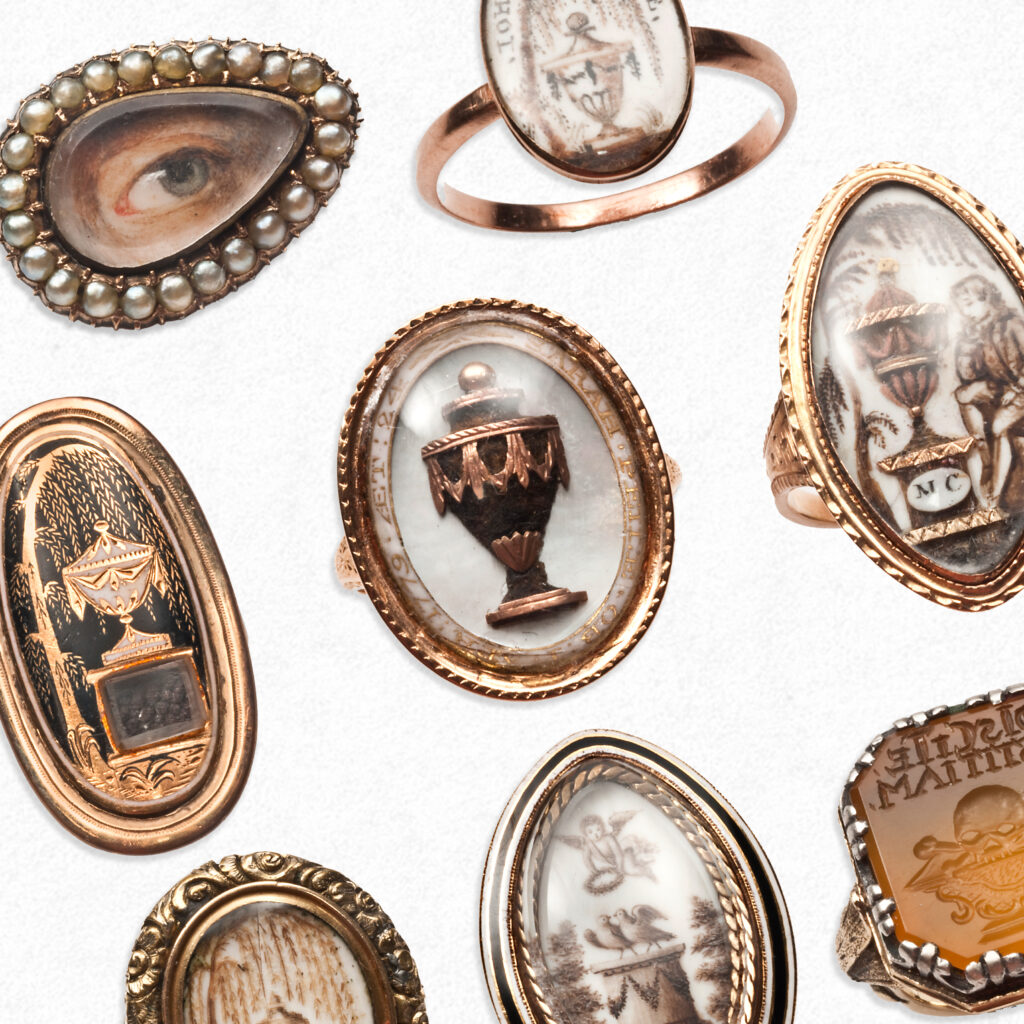Spotlight On: Memorial Bilston Enamel Box
A famous area for producing enamel the second half of the 18th century, Bilston in was renowned for its artists and craftsmen. The closing of the Battersea enamel factory in 1756 provided the basis for the rise of the Bilston enamel trade, which had existed before this time.

The fine cross-hatching work against the white background provides a stark contrast for a memorial piece and reflects the sepia work being done at the time this piece was constructed. More than likely a patch box due to it having a mirror underneath, this shows the extent of the memorial industry and its effect on mainstream culture at the time.







